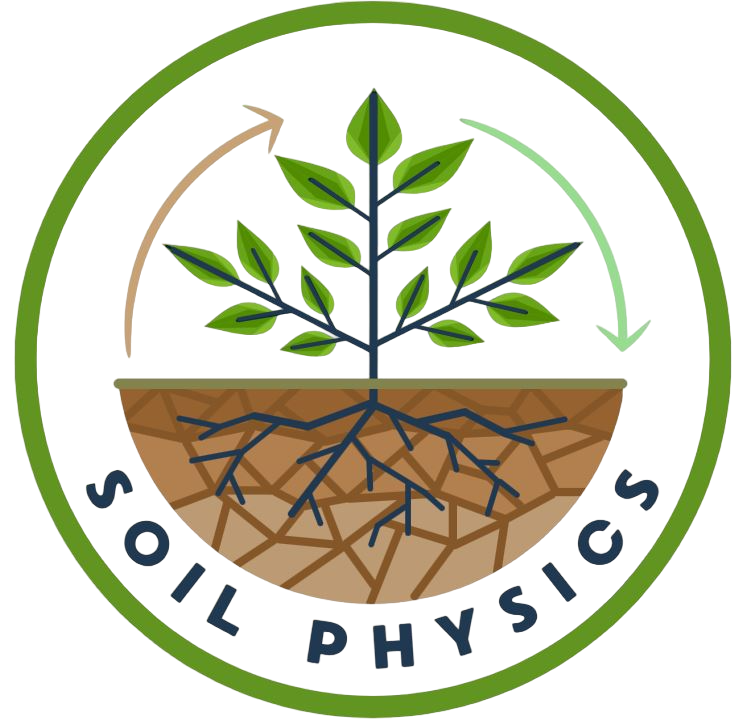Efstathios Diamantopoulos: Theses supervised
Bachelor's Theses | |
| Eurich Johannes |
Biogenic VOCs emissions from soils Supervisor: Efstathios Diamantopoulos, Anke Nölscher |
| Alina Langaki |
The effect of crop resiudes on soil hydraulic properties Supervisor: Frederic Leuther, Efstathios Diamantopoulos |
| Juanita Voshage |
The influence of soil structure on reactive and conservative transport of chemicals in unsaturated soils Supervisor: Efstathios Diamantopoulos, Ben Gilfedder |
| Theresa Wittig |
The effect of soil structure on soil evaporation Supervisor: Frederic Leuther, Efstathios Diamantopoulos |
| Lara Kersting (2024) |
The impact of root exudates on the soil hydraulic properties of soil and root water uptake Supervisor: Asegidew Akale, Mutez Ali Ahmed, Efstathios Diamantopoulos |
| Ilvy Steinlein (2024) |
The effect of Arbuskular Mikoriza Fungi (AMF) on root water uptake and on soil hydraulic properties Supervisor: Anna Sauer, Mutez Ali Ahmed, Efstathios Diamantopoulos |
| Anna Dürringer (2024) |
The effect of Arbuskular Mikoriza Fungi (AMF) on root water uptake and on soil hydraulic properties Supervisor: Anna Sauer, Mutez Ali Ahmed, Efstathios Diamantopoulos |
| Lara Ketterer (2024) |
The effect of fluorinated ski wax on the wetting properties of sandy and loamy soils Supervisor: Frederic Leuther, Efstathios Diamantopoulos |
Master's Theses | |
| Adina Rauscher (2024) |
Experimental and numerical investigation of the fate of insoluble pollutants in the rhizosphere Supervisor: Frederic Leuther, Efstathios Diamantopoulos, Eva Lehndorff |
| Hai Anh Nguyen (2024) |
Simultaneous quantification of water states, fluxes and bVOCS emissions in agriculture soils Supervisor: Frederic Leuther, Anke Nölscher, Efstathios Diamantopoulos |

